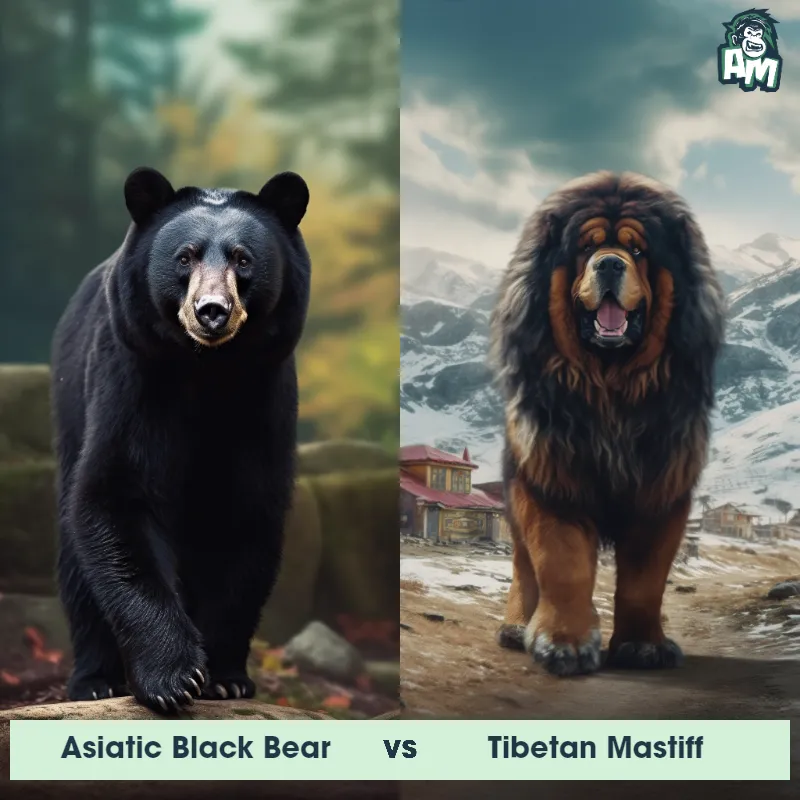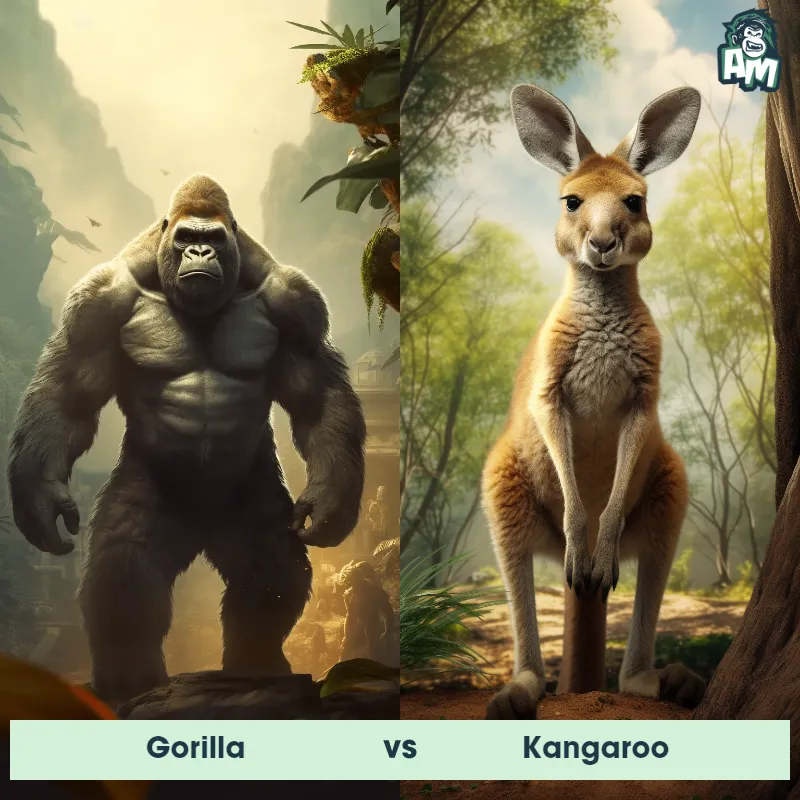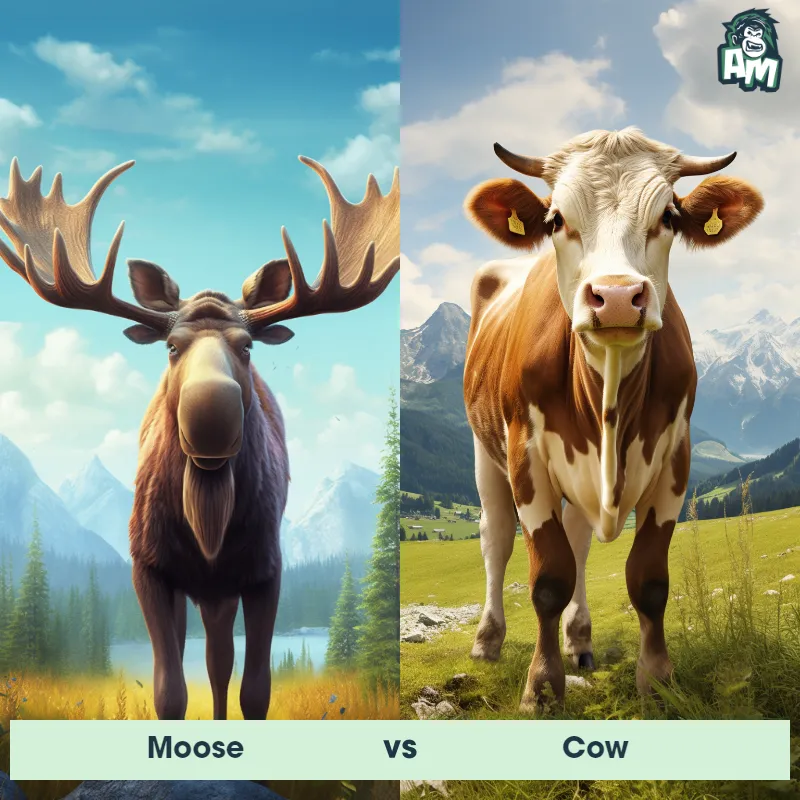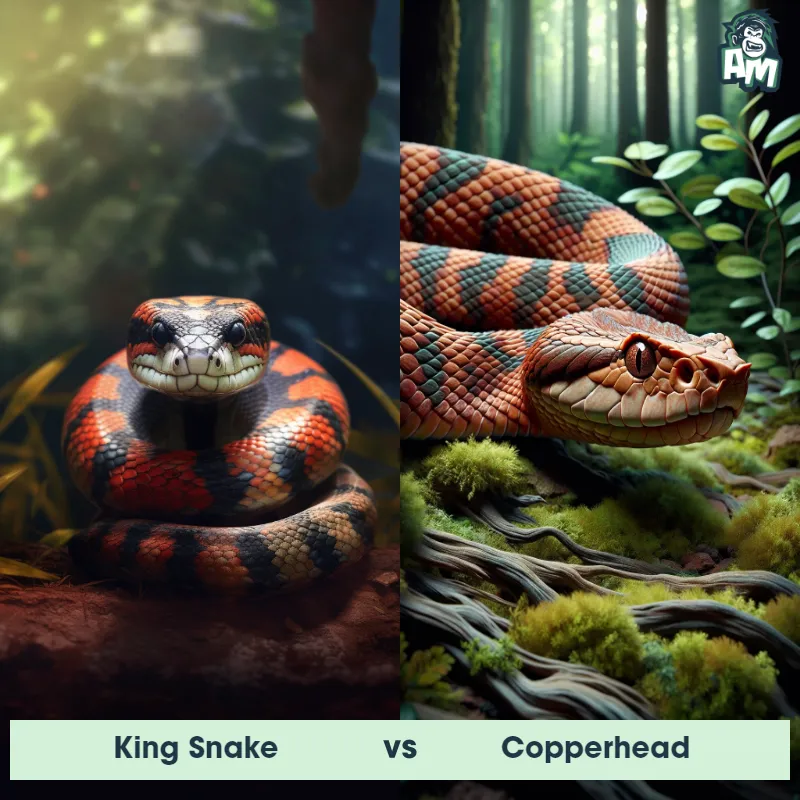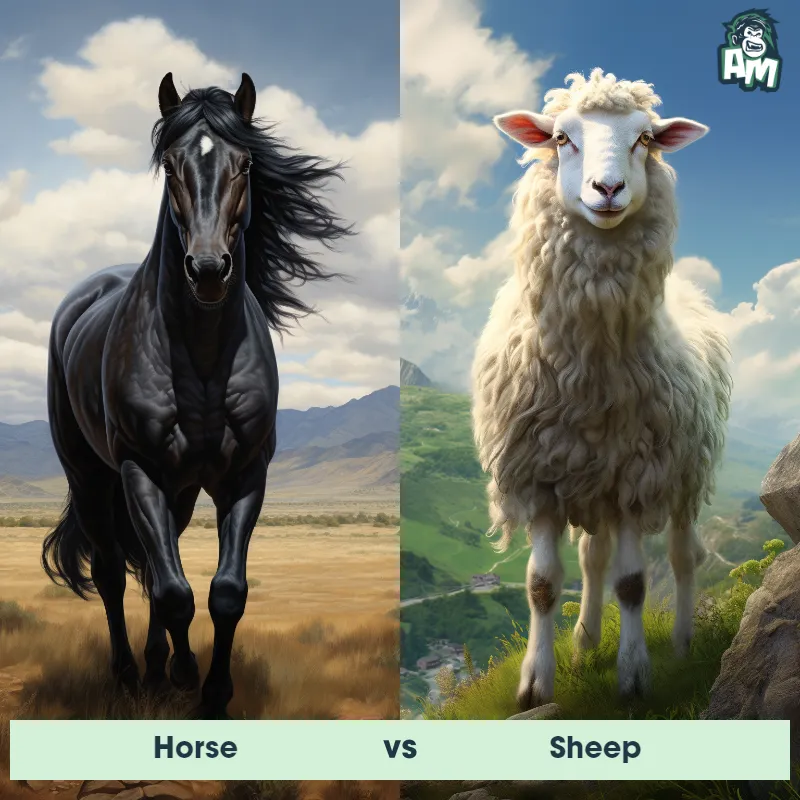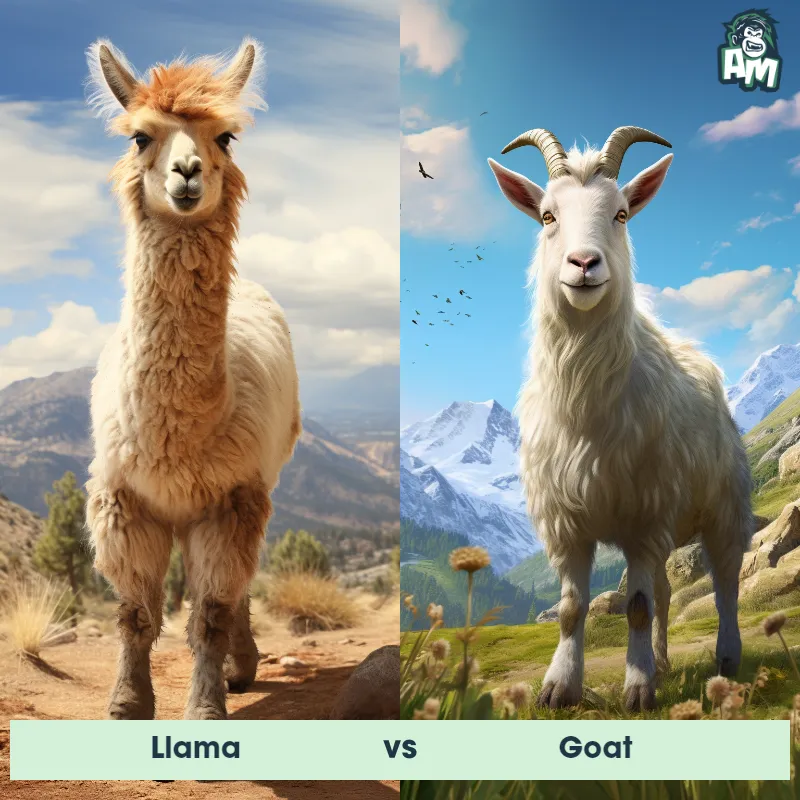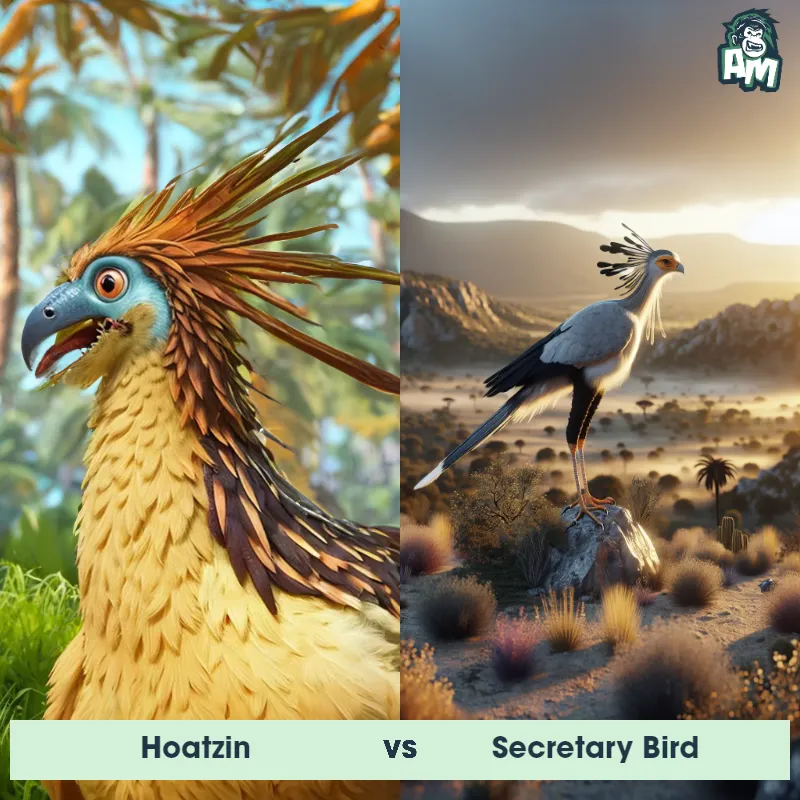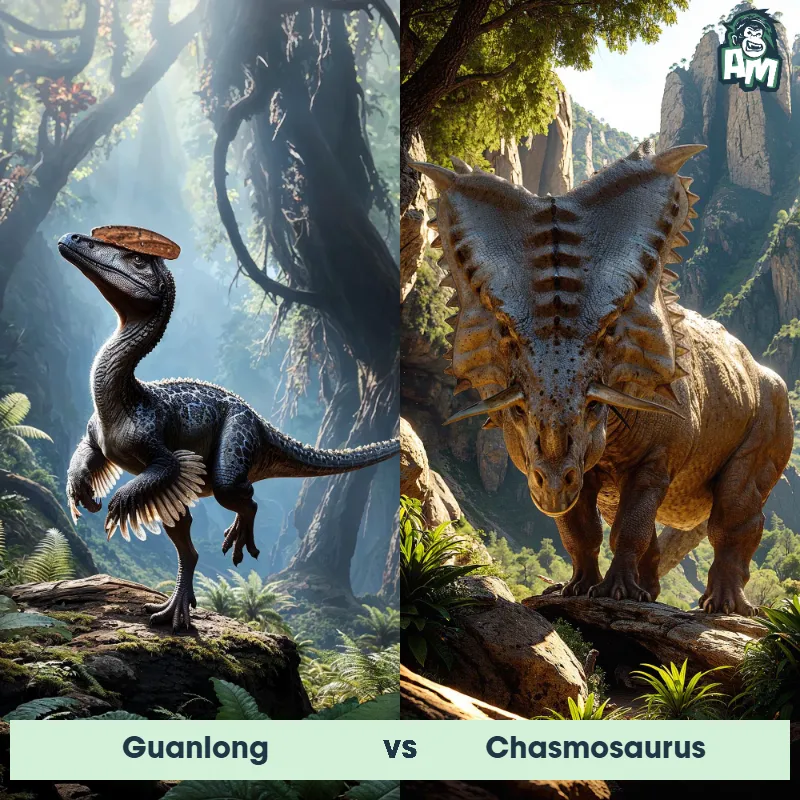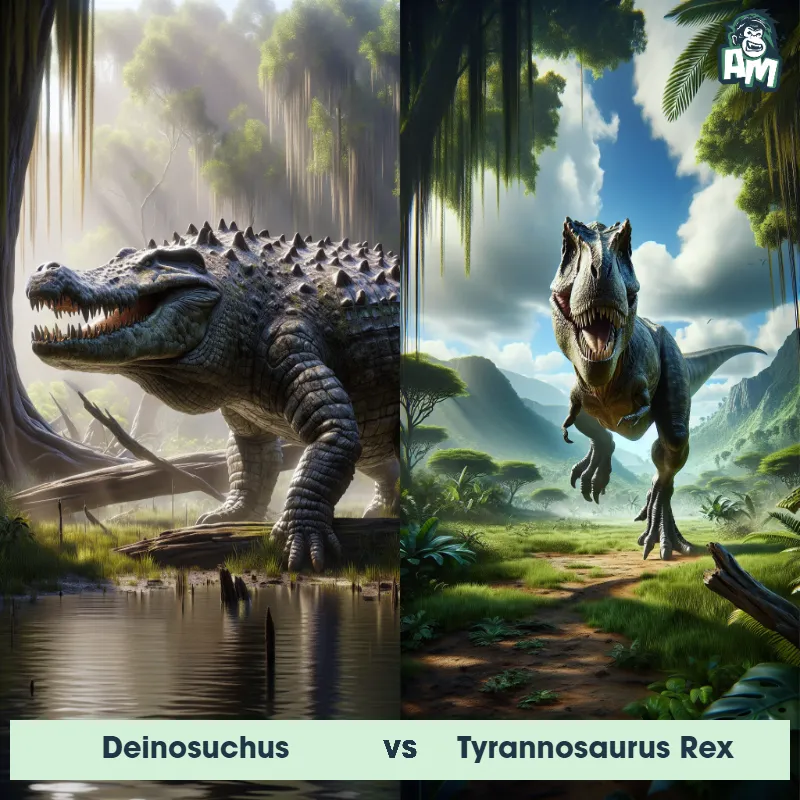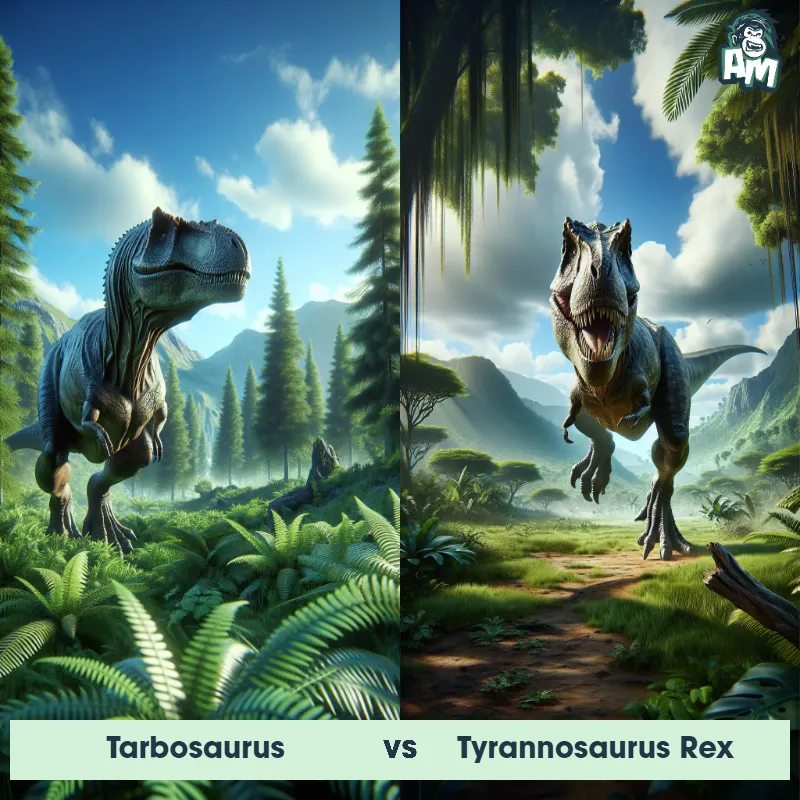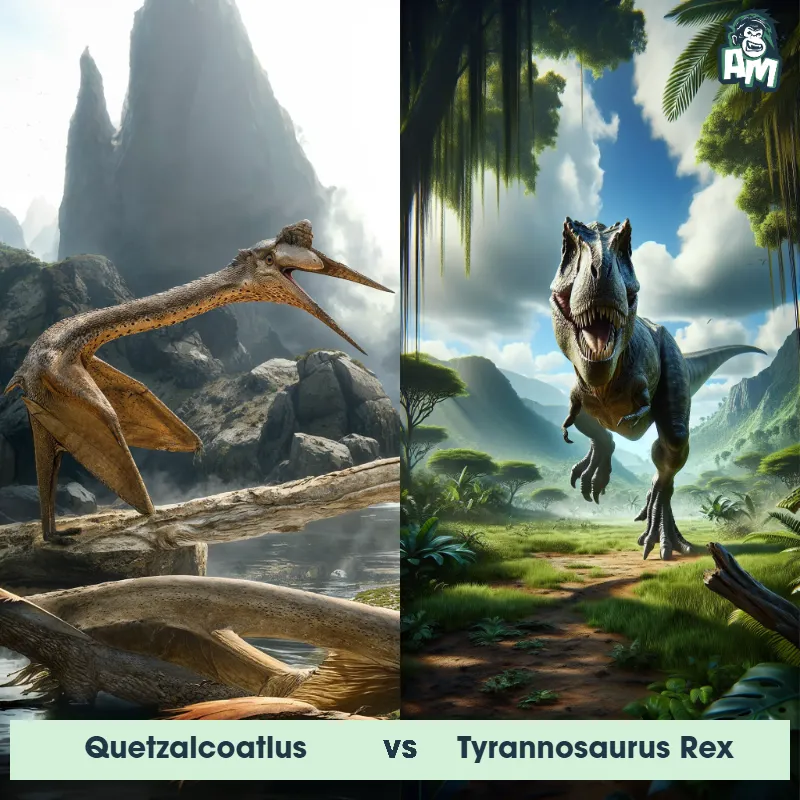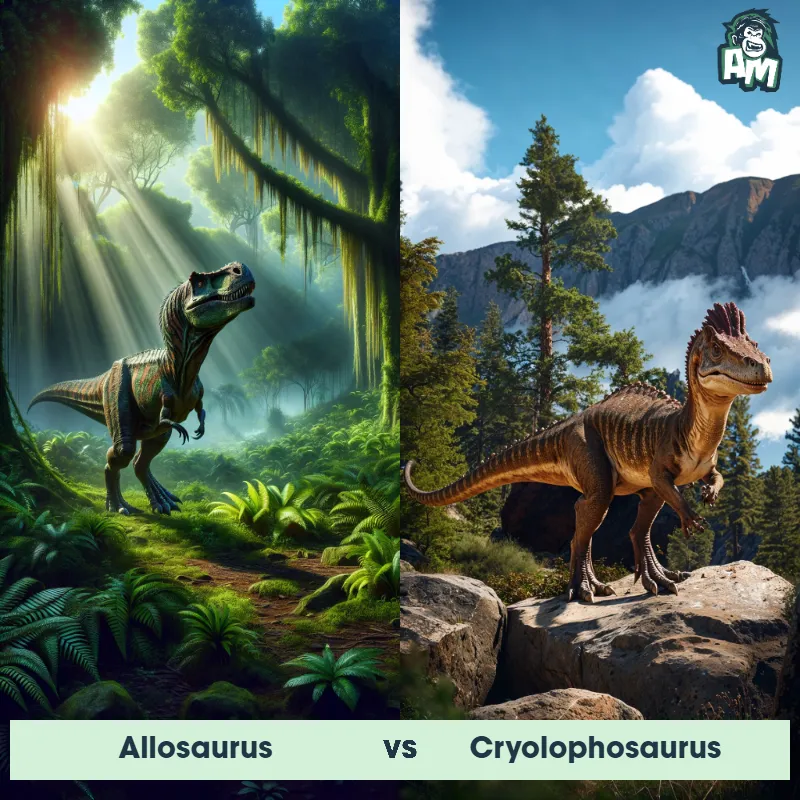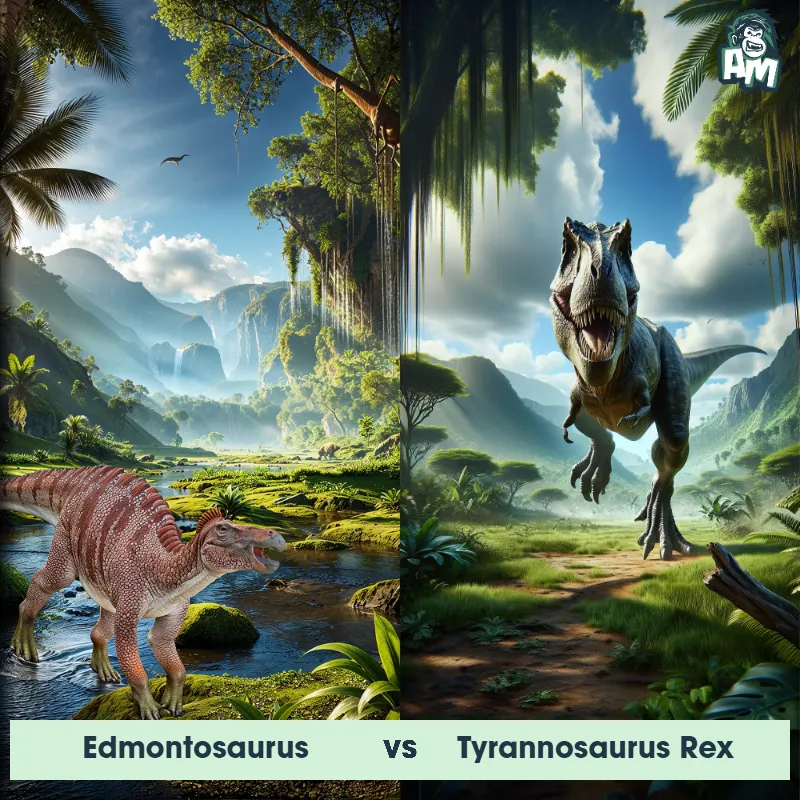Cryolophosaurus vs TarbosaurusSee Who Wins
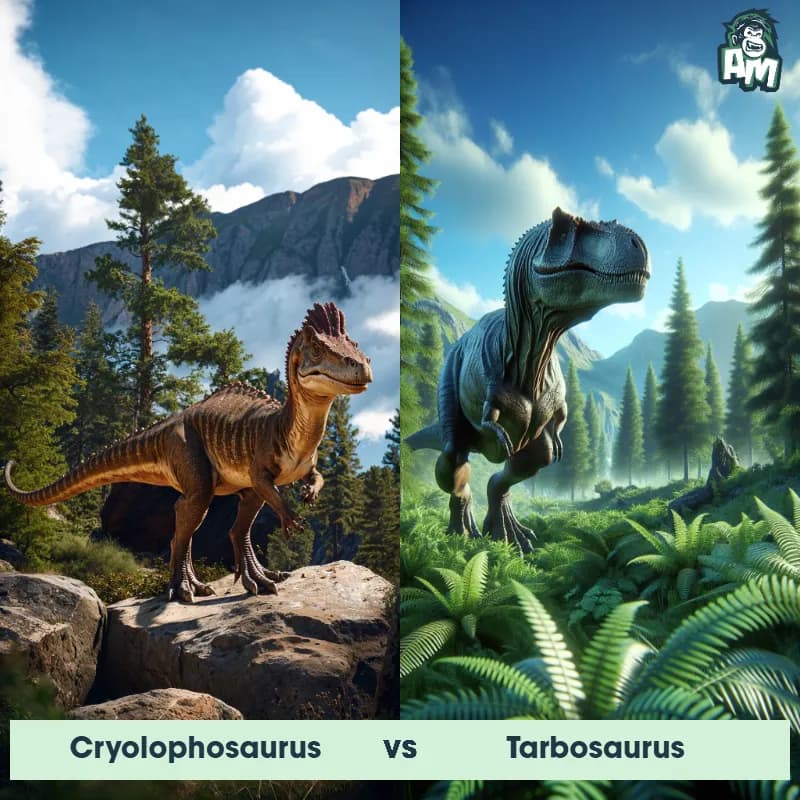
In one corner, we have the formidable Cryolophosaurus, known for its agility and striking power. Opposite, the Tarbosaurus, a heavyweight with an impressive bite force and menacing stature. This clash promises a spectacle of ancient power and skill across three thrilling rounds!
Contender 1: Cryolophosaurus
The Cryolophosaurus, also known as the "frozen crested lizard," was a carnivorous dinosaur that lived during the early Jurassic period. It was characterized by its distinctive crest on top of its head, which resembled a pompadour hairstyle. This dinosaur had sharp teeth and powerful jaws, making it a formidable predator. It walked on two powerful hind legs and had sharp claws to capture its prey.
Fun Fact: One fun fact about Cryolophosaurus is that it was one of the first dinosaurs discovered in Antarctica in 1991 by Dr. William Hammer and his team, contributing to our understanding of dinosaur distribution on the continent during the Jurassic period.
Contender 2: Tarbosaurus
The Tarbosaurus, also known as the Asian cousin of Tyrannosaurus rex, was a large carnivorous dinosaur that lived in what is now modern-day Mongolia and China during the Late Cretaceous period. It had a massive skull with powerful jaws filled with sharp, serrated teeth, perfect for hunting and tearing apart its prey. Tarbosaurus was bipedal and had small forelimbs compared to its large hind limbs.
Fun Fact: Tarbosaurus had one of the largest skulls of any theropod dinosaur, measuring up to 5 feet in length.
Matchup Stats
| Cryolophosaurus | Tarbosaurus | |
|---|---|---|
| Size | 20 feet (6 meters) | Up to 40 feet (12 meters) in length |
| Weight | 1,000 lbs. (450 kg) | Up to 5 tons (4,500 kilograms) |
| Speed | 15-20 mph (24-32 km/h) | 24 mph (39 km/h) |
| Key Strength | powerful jaws | Bite force |
| Biggest Weakness | not as agile | Small forelimbs |
Current Votes
Cryolophosaurus vs Tarbosaurus
See Who Wins
View More Matches
Looking For More?
Similar Matches
Scientific Stats
| Cryolophosaurus | Tarbosaurus | |
|---|---|---|
| Scientific Name | Cryolophosaurus | Tarbosaurus |
| Family | Cryolophosauridae | Tyrannosauridae |
| Habitat | Land | Land |
| Geography | Antarctica | Modern-day Mongolia and China |
| Diet | Carnivorous | Carnivorous |
| Lifespan | 12 years - 15 years | 20 years - 30 years |
Key Differences between Cryolophosaurus and Tarbosaurus
- Geographic Location: Cryolophosaurus was found in what is now Antarctica, which affected its morphology for cold environments, unlike the Tarbaosaurus, which lived in Asia.
- Limb Proportions: Cryolophosaurus had comparatively longer arms, whereas Tarbosaurus had shorter, more Tyrannosaur-like arms.
- Size: Cryolophosaurus was generally smaller in size, measuring about 6 to 7 meters in length, whereas Tarbosaurus reached up to 10 meters.
- Skull Shape: Cryolophosaurus had a distinct crest on its head, resembling a pompadour, while Tarbosaurus had a more robust, boxy skull without a crest.
- Teeth: Tarbosaurus had larger, more numerous teeth compared to the relatively smaller teeth of Cryolophosaurus.
- Claws: Cryolophosaurus possessed three-fingered hands with more prominent claws, while Tarbosaurus had reduced, two-fingered claws.



